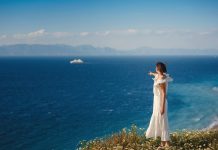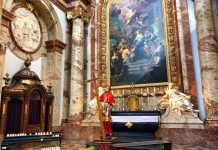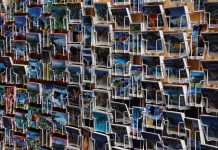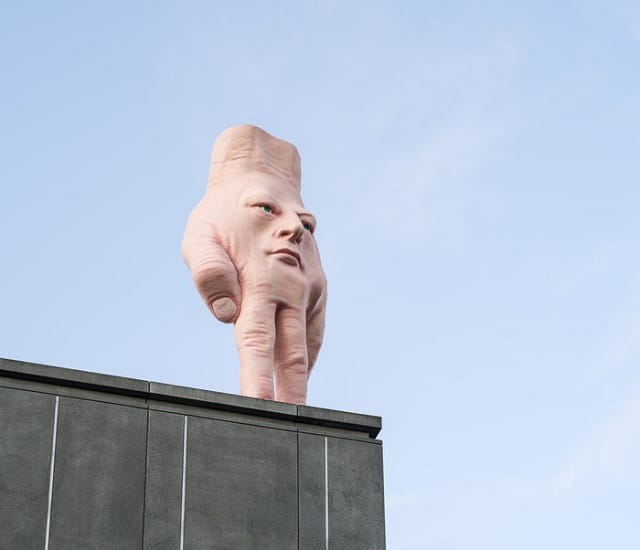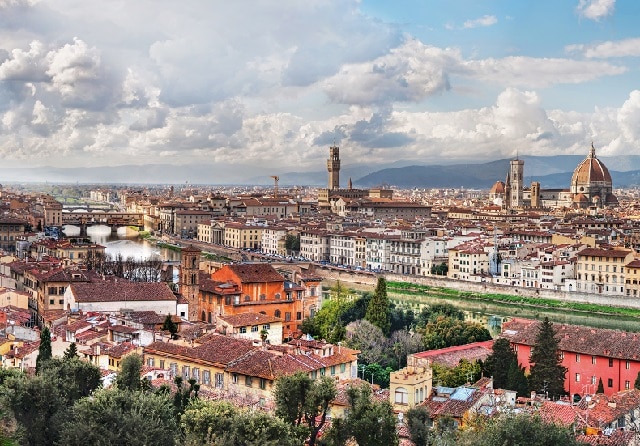In four floors of an almost endless expanse is introduced one of the most attractive museums that we can find in Washington: National Museum of the American Indian, which covers a myriad of cultures native to the mainland and attracts millions of visitors every year.
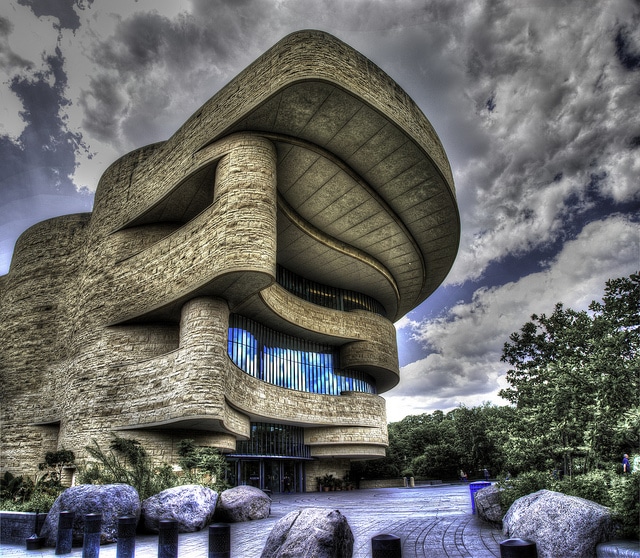
The National Museum of the American Indian is part of a much larger complex of museums which is distributed in different areas of Washington, but in this case it aims to show who were the original inhabitants of what is now known as America and how they live now.
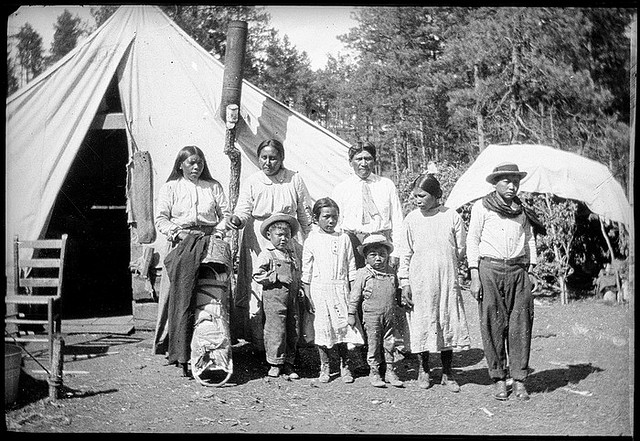
The image of tribes with arrows and small axes adorned with feathers gets mixed with the Inuit on snowmobiles or modern Red Indians surrounded by technology that, despite the changes, affirm the recognition of their ancestors to maintain the culture that identifies them.
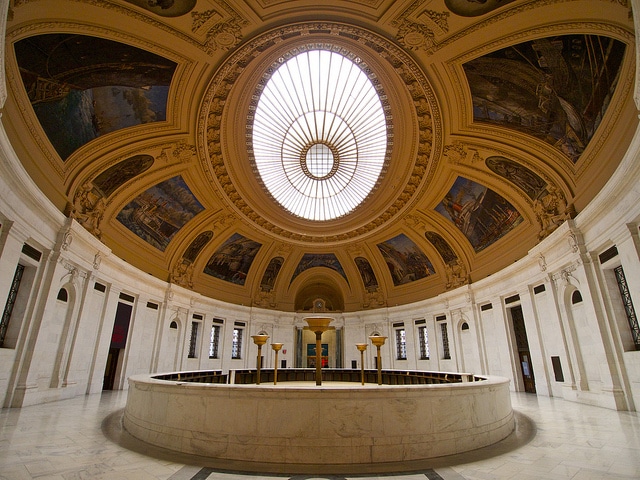
The vast collection of art, costumes, photographs and various priceless objects that can be seen are not only based on aborigines who inhabited the US, but are distributed among native peoples ranging from the most extreme places of Alaska to Patagonian Tierra del Fuego.
Travelling Washington and visiting the National Museum of the American Indian will allow us to see not only the permanent and temporary exhibitions, but we can be lucky enough to witness performances of all kinds. When we visited it, for example, it acted a Chilean band called Los Sachas, we could sit in the front row and accompany their music by clapping our hands while many tourists and locals enjoyed themselves.
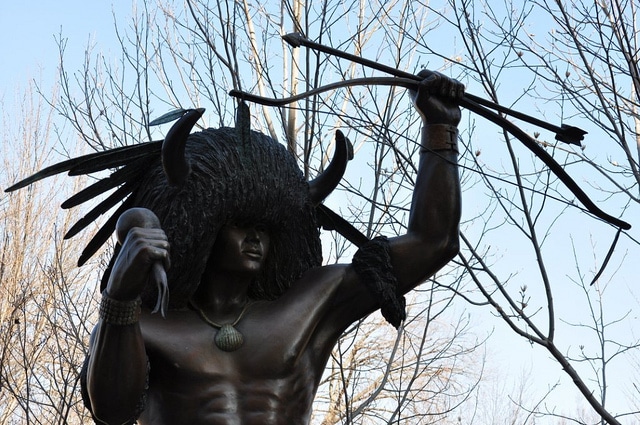
As the city is large and distances are usually considerable, when it comes to ask for directions to the National Museum of the American Indian in Washington it is advisable, if we go on our own, to go by metro or bus which will leave us very close.
The recommendation, if we like to get lost and see every detail, is to visit the museum with enough time and go all over the four plants with patience and leaving time, if you want, to visit the cafeteria where we find aboriginal food from different American regions, one of the attractions for which this place is visited with a philosophy of living culture.
Photos: Bernai Velarde, Qing Qing Wu, Smithsonian Institution and mamma2emma.


